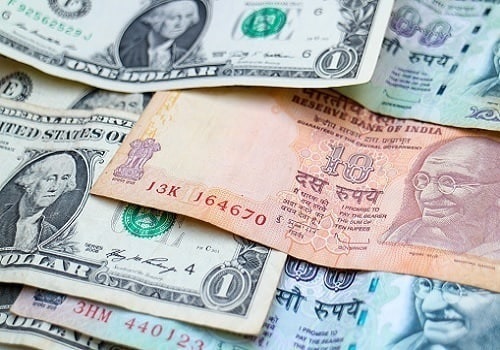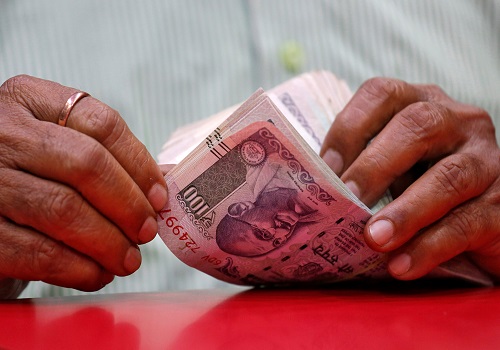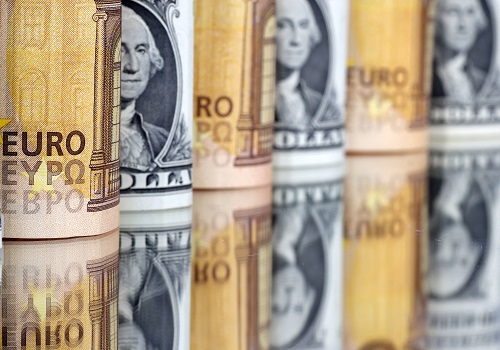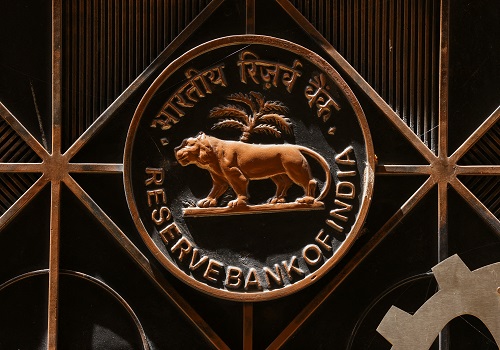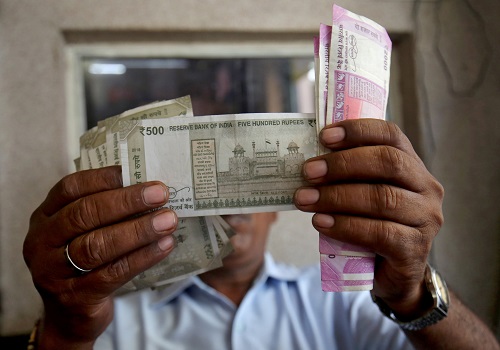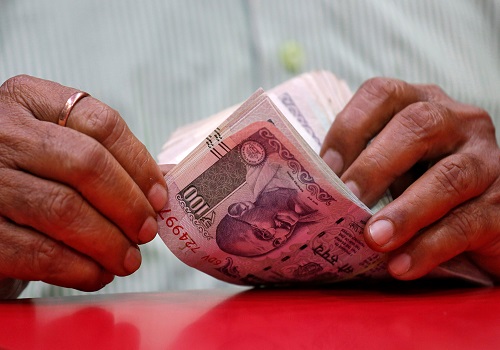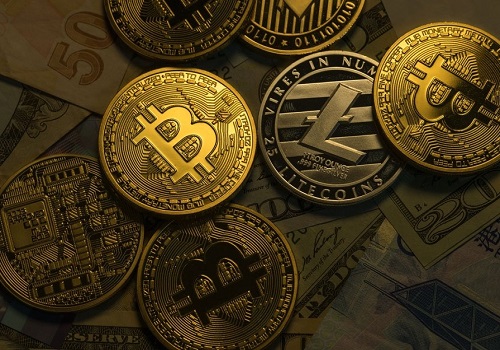Volatility rules currencies as traders fret over Omicron, Fed tightening
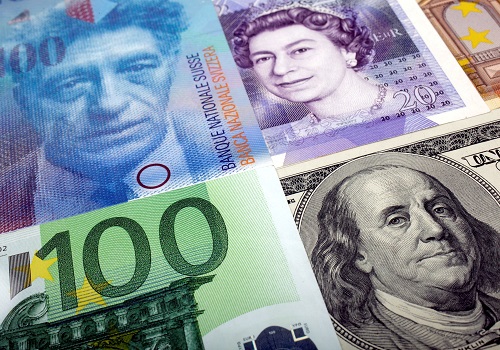
Follow us Now on Telegram ! Get daily 10 - 12 important updates on Business, Finance and Investment. Join our Telegram Channel
Foreign-exchange market volatility hovered near a nine-month peak on Thursday as traders weighed the risks posed by a more hawkish Federal Reserve amid ongoing uncertainty about the threat from Omicron.
Markets lacked direction in Asian trading hours, with the safe-haven yen retracing a little of its recent strong gains, but the risk-sensitive Australian dollar weakening back toward the nearly 13-month trough touched earlier this week.
The battered British pound regained some composure following a slide to an 11-month low, but the the South African rand was little changed after plunging 1% on Wednesday.
The U.S. dollar stabilized, helped by a rebound in benchmark Treasury yields from a more-than-two-month trough.
"There's a lot of uncertainty out there at the moment," said Mitul Kotecha, a currency strategist at TD Securities.
"Investors are looking for clarity on Omicron, and we'll only find out in the next couple of weeks," Kotecha said. "Then you've got the more aggressive stance of the Fed, and that's just fuelling a lot of volatility in markets."
The discovery of Omicron in South Africa last month rattled financial markets amid signs the new strain may be markedly more contagious than previous variants, with the potential to choke off the nascent global recovery.
The greenback slipped 0.06% to 16.01 rand, but that was after a more than 1% surge overnight as daily COVID-19 infections doubled in South Africa, where Omicron has quickly established itself as the dominant strain.
Despite a rush by countries around the world to tighten border controls, Omicron has spread rapidly to places as far apart as Australia, Britain, Japan and the United States.
Against that backdrop, Fed Chair Jerome Powell reiterated in Day 2 of testimony to Congress on Wednesday that he and fellow policymakers will consider at their Dec. 14-15 meeting a faster taper of stimulus, which could open the door to earlier interest rates hikes.
A Deutsche Bank currency volatility index ticked up on Wednesday, back toward the highest level since February that was reached on Monday.
"If nothing else, (Powell's repeat testimony) tells you he is not in the least unhappy about how markets have interpreted what he said earlier," Ray Attrill, head of FX strategy at National Australia Bank, wrote in a note to clients.
The 10-year Treasury yield dipped to a two-month low at 1.4020% on Wednesday, before rising to 1.4409% in Asian trading on Thursday.
That tick up in yields helped the dollar to stabilize from recent declines. The dollar index, which measures the currency against six major peers, edged 0.01% higher to 96.059, consolidating in the middle of its range over the past two weeks, when it bounced between a 17-month high and an 11-day low.
Against Japan's currency, the U.S. dollar rallied 0.29% to 113.08 yen, recovering from Tuesday's low of 112.535, a level not seen since Oct. 11.
The euro was steady at $1.1316.
Sterling, often considered a risk-on currency, added 0.12% to $1.32855. It plunged to a near one-year low of $1.31945 on Tuesday.
The Aussie slipped 0.13% to $0.70985, easing back toward Tuesday's low of $0.7063, its weakest since early November of last year.

















